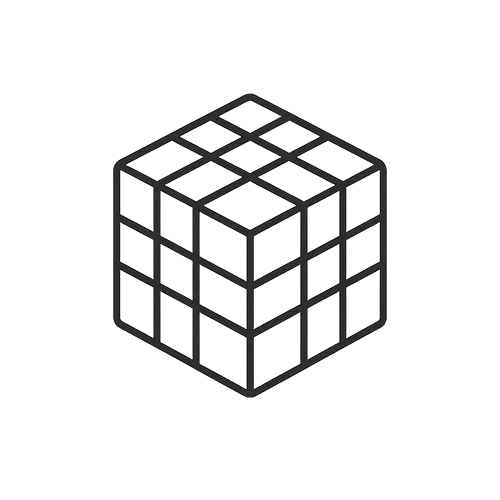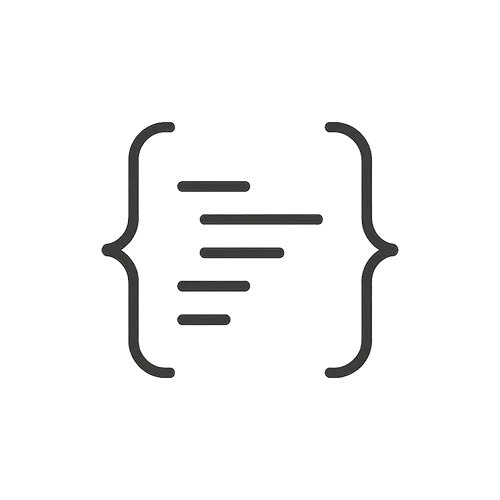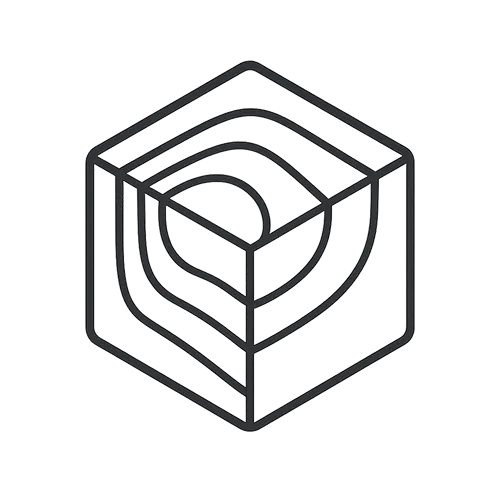Packages & Tutorials
Engineering Files & Tools
Software

Ready-to-use Models (FEA/CFD)

Excel Sheets & Hand Calculations










Product Overview:
In this tutorial, we investigate the simulation of crack growth in a reinforced concrete (RC) beam subjected to five-point bending using Abaqus. The concrete beam is modeled as a three-dimensional solid part, while the reinforcing bars and strips are represented as three-dimensional wire parts. The supports and hydraulic jacks are modeled as three-dimensional rigid shell parts.
To model the concrete’s behavior and crack growth, we use a traction-separation law. The response of cohesive behavior in the enriched elements of the model is defined, with the maximum principal stress failure criterion selected for damage initiation. For damage propagation, an energy-based damage evolution law based on a power-law fracture criterion is employed. The reinforcing steel is represented with elastic-plastic material properties.
A general static step is applied, with modifications to the convergence algorithm as needed. The steel members are embedded within the concrete matrix, and surface-to-surface contact with friction is set as the contact property among all rigid bodies and the concrete beam. The Extended Finite Element Method (XFEM) is implemented to monitor crack propagation in the RC beam. Fixed boundary conditions are applied to the three bottom rigid bodies, while displacements are applied to the two top rigid bodies. A fine mesh is crucial for accurately predicting the crack path.
Following the simulation, various results such as crack propagation, stress distribution, displacement, and XFEM outputs are available for analysis.


Dynamic
€1,00 €0,00
See more

Want to receive push notifications for all major on-site activities?